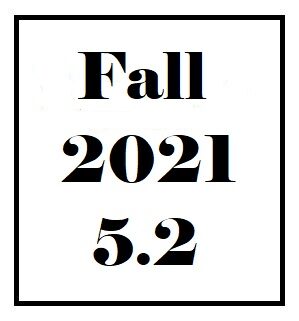Appendix A: Interview Questions and Infographic Pointers
Interview Questions:
- When looking back at your infographic (show students the visual), what did you consider the most important part of designing a visual to present on your research? What were the strengths in doing an assignment like this? Think about what was going through your mind as you decided what images, graphics, texts to use with this assignment.
- On the flipside, what are some of the challenges with composing infographics? Did you experience any difficulty? If so, what would you recommend as a way other students can overcome these difficulties or what can instructors do better when assigning multimodal projects?
- As a student, do you find the creation of a visual product or assignment of vital importance in a twenty-first century world? Why or Why not? What more should be done in creating visually and digitally friendly assignments in the classroom?
- What did you like or dislike about creating an infographic? Why? Do you think composing visually with infographics or similar tools online helps you communicate better, why/why not?
- Are there any additional questions in your mind that you would like to talk about? What haven’t I asked you about?
Pointers for Infographic and Presentation:
- Visual has proper contrast (color usage, shades, tints) and is aesthetically pleasing to look at (Ex: no colored font blending into the background, or disappearing in an image)
- Visual product is in harmony with both text and visuals, repeating the use of the same fonts and sizes of images, where appropriate, creating a distinctive style.
- Visual product makes effective use of space throughout, aligning text appropriately with images and vice versa, therefore not allowing for excessive empty space.
- There is an awareness of the relationships between images and texts and choices towards placing group related images together, being creatively conscious rather than choosing random design.
- Where appropriate in the visual, the student successfully quotes and cites from their essay in MLA or APA format. Is there EVIDENCE provided from their sources?
- There is transition between one topic to the next, whether in discussing the infographic/poster or presentation.
- There is successful demonstration in the relationships between the product they present (how a group of images relate to one another) and how the visuals/audio connect to sources and overall research.
- Appropriate presentation etiquette: explaining their product by looking directly at the audience rather than reading off of the poster or computer screen the entire time.
- The visual product “shows” the story of their research, spending more time evaluating creative content than summarizing/reading all the points of the research?
